April 21, 2025 | 16:32 GMT +7
April 21, 2025 | 16:32 GMT +7
Hotline: 0913.378.918
April 21, 2025 | 16:32 GMT +7
Hotline: 0913.378.918
Dr. Asbjørn Warvik Rørtveit, Southeast Asia Regional Director of the Norwegian Seafood Council (NSC) said so to reporters from Vietnam Agriculture Newspaper about the potentials and challenges in developing marine aquaculture in Vietnam. At the same time, he also suggests Norway's valuable experiences, especially factors related to technology to help this country's marine and salmon farming industry maintain a leading position in the world.
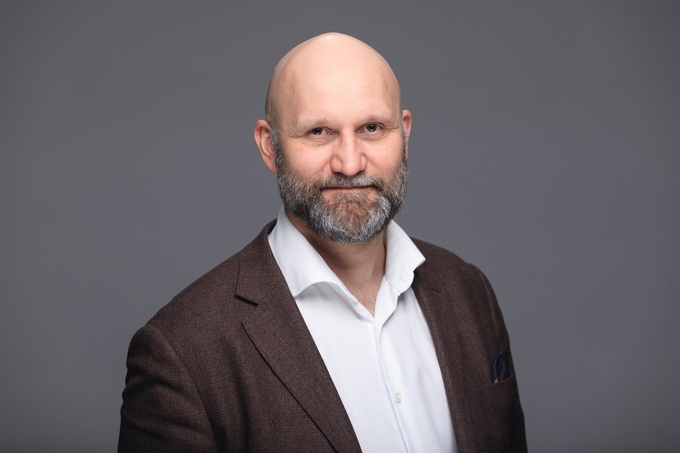
Dr. Asbjørn Warvik Rørtveit, Southeast Asia Regional Director of the Norwegian Seafood Council said "A comprehensive strategy is essential to achieve sustainable growth in Vietnam's marine aquaculture industry". Photo: NSC.
“To navigate these challenges and capitalize on the potential, Vietnam should prioritize sustainability, invest in research and development, enhance infrastructure, and foster collaboration with international partners to leverage shared expertise. This strategic approach will enable Vietnam to harness its marine aquaculture potential for economic growth while ensuring environmental and social sustainability in the long term”, Dr. Asbjørn Warvik Rørtveit, Southeast Asia Regional Director of the Norwegian Seafood Council said.
Can you introduce briefly yourself and the NSC?
As the Director of Southeast Asia at the NSC, I am in charge of all regional activities in Southeast Asia, including Vietnam, Thailand, Malaysia, Singapore, and Taiwan, starting in August 2019.
I work closely with Norwegian seafood exporters in marketing Norwegian seafood and overseeing market reputation and risk management with the objective to increase the value and demand of Norwegian Seafood among consumers throughout Southeast Asia.
NSC is a public company owned by the Ministry of Trade, Industry, and Fisheries. NSC works with the Norwegian fisheries and seafood industry to develop markets for Norwegian seafood, representing the country’s seafood exporters and the seafood industry. The trademark “Seafood from Norway” is a symbol of origin for Norwegian seafood caught or raised in Norway's cold, clear waters.
Norway has long been considered an ideal model for overall marine aquaculture development, particularly in salmon farming. According to experts, what are the reasons behind Norway's achievements in this field?
Norway's success in marine aquaculture development, particularly in salmon farming, can be attributed to a combination of crucial factors. Among these is Norway's dedication to incorporating advanced technologies and innovative practices in marine aquaculture. The nation has consistently led research and development, fostering a culture of ongoing improvement and sustainability.
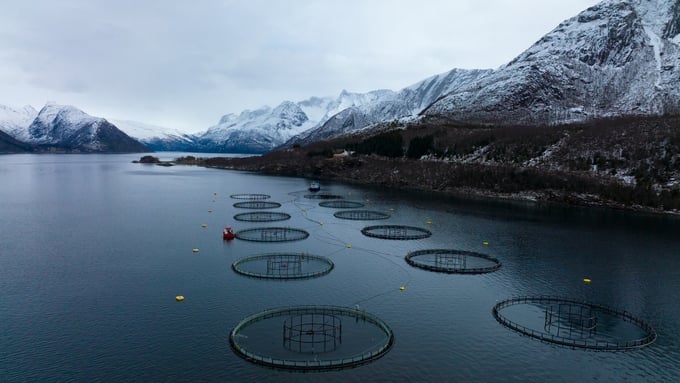
Norway has long been considered an ideal model for overall marine aquaculture development. Photo: NSC.
Furthermore, Norway significantly emphasizes its marine aquaculture industry's responsible and science-based management. The regulatory framework enforces stringent environmental standards, contributing to the sector's sustainable growth. Norway's commitment to upholding high-quality standards in seafood production has also played a pivotal role in establishing trust and generating demand for its products globally.
In addition, Norway capitalizes on its abundant natural resources, such as pristine fjords and cold, clean waters, creating an optimal environment for salmon farming. The country's dedication to biosecurity measures is instrumental in preventing diseases in fish populations ensuring the production of healthy and premium-quality seafood.
The collaboration between the government, industry stakeholders, and research institutions has emerged as another crucial factor. The synergy among these entities has facilitated continuous improvement, the exchange of knowledge, and the development of best marine aquaculture practices.
Norway's marine aquaculture industry is currently regarded as the world's leading and highly competitive. How has the technological factor propelled Norway to such a prominent position?
Norway's current status as the world's leading and highly competitive marine aquaculture industry can be attributed mainly to the significant contributions of technological advancements. Incorporating advanced technologies has played a pivotal role in propelling Norway to this prominent position.

Norwegian salmon is world famous for its nutritional value as well as product quality. Photo: NSC.
Technological innovations in Norwegian marine aquaculture have enhanced various aspects of the industry, including monitoring and control systems. Using automated monitoring systems in fish cages equipped with computer systems allows for continuous checks on crucial parameters such as water environment, temperature, and flow. This level of precision ensures optimal conditions for salmon farming, contributing to increased efficiency and productivity.
Additionally, deploying laser devices to defeat sea lice in the salmon's habitat showcases technological sophistication. These underwater devices scan and monitor the entire fish cage, swiftly identifying and addressing health issues. This proactive approach helps prevent the spread of infections and ensures the overall well-being of the salmon population.
Furthermore, technology has played a key role in optimizing the feeding process. Developing specialized feeding practices, including precise ratios of water to fish and using non-GMO food with carefully curated nutritional content, has contributed to the industry's success. The ability to maintain a low antibiotic usage, with a remarkable 99% reduction since 1987, is also a testament to the technological advancements in disease prevention and management.
Vietnam is currently aiming to develop marine aquaculture in an industrial direction. How do you assess the potential and challenges for Vietnam in this matter?
Vietnam boasts abundant coastal areas and inland water bodies, providing extensive space for marine aquaculture activities. The country's diverse aquatic ecosystems further present opportunities to cultivate a wide range of seafood products, allowing flexibility in meeting various market demands.
With the global demand for seafood steadily increasing, Vietnam holds the potential to emerge as a significant contributor through the expansion of industrial-scale marine aquaculture. Moreover, marine aquaculture development on this scale can contribute to job creation and foster economic growth, particularly in rural and coastal regions.
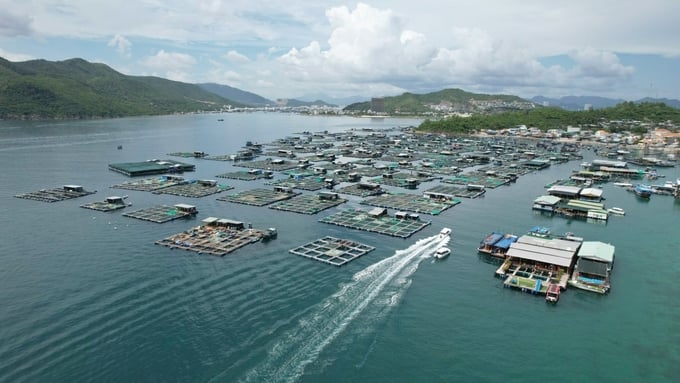
With the global demand for seafood steadily increasing, Vietnam holds the potential to emerge as a significant contributor through the expansion of industrial-scale marine aquaculture. Photo: Hong Tham.
However, this pursuit is not without challenges. Intensive marine aquaculture practices can pose environmental risks, such as water pollution and habitat degradation, necessitating a solid commitment to sustainable practices. Disease management becomes increasingly critical as aquaculture intensifies, demanding effective prevention and control strategies.
Developing and implementing advanced technologies and infrastructure for industrial-scale marine aquaculture requires substantial investments and capacity building. Accessing global markets and meeting stringent international quality standards pose additional challenges, necessitating a commitment to rigorous practices. Expanding industrial marine aquaculture may also have social implications, including potential conflicts over resource use and changes in traditional livelihoods.
In your opinion, what does Vietnam need to do to overcome these challenges and promote sustainable growth in the marine aquaculture industry?
A comprehensive strategy is essential to achieve sustainable growth in Vietnam's marine aquaculture industry. This involves investing in eco-friendly practices, strengthening regulatory frameworks, and prioritizing research and development for innovation.
Capacity building and collaboration with international partners play a crucial role, along with gaining market access through certifications for sustainable practices. Community engagement, diversification of seafood species, continued government support, and consumer awareness initiatives collectively contribute to building a resilient and environmentally responsible marine aquaculture sector in Vietnam.
In your opinion, what are the opportunities for collaboration between Vietnam and Norway in the seafood industry and marine aquaculture in particular?
I believe there are significant opportunities for collaboration between Vietnam and Norway in the seafood industry, with a particular focus on marine aquaculture. Both countries can benefit from knowledge exchange, technological cooperation, and sustainable practices.
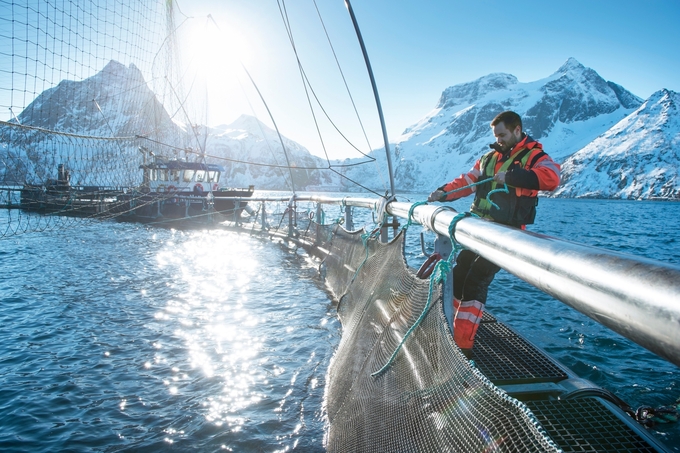
Norway's current status as the world's leading and highly competitive marine aquaculture industry can be attributed mainly to the significant contributions of technological advancements. Photo: NSC.
As a global leader in marine aquaculture, Norway can share its expertise in advanced technologies, disease management, and sustainable farming practices. Collaborative research and development initiatives can be established to address shared challenges and promote innovation in marine aquaculture methods.
Furthermore, there is potential for joint ventures and investment partnerships that leverage the strengths of both nations to enhance the quality, efficiency, and sustainability of seafood production.
By fostering such collaborations, both Vietnam and Norway can contribute to the global advancement of the seafood industry while promoting economic growth and environmental responsibility.
Sincerely thanks!
Translated by Hong Tham

(VAN) Le Hoang Minh, representing Vinamilk, shared the company's experience in energy saving and green energy transition for production at a workshop held during the P4G Summit.
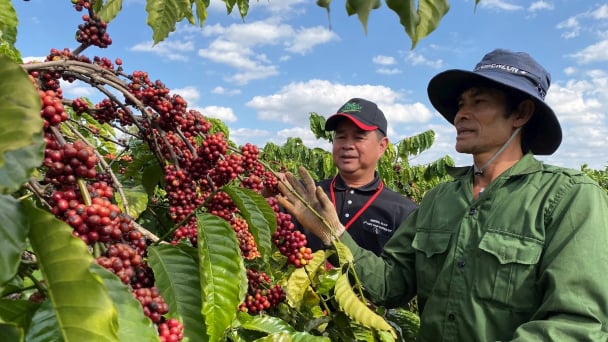
(VAN) Businesses emphasize fairness and equality when integrating social factors into their sustainable development strategies.
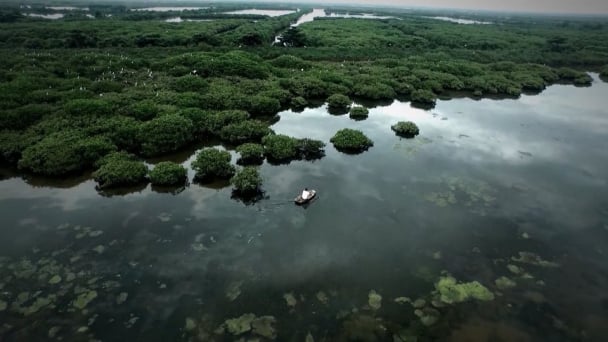
(VAN) French organizations and enterprises propose that Thai Binh province provide potential and long-term cooperation contents related to climate change response and green industrial development.
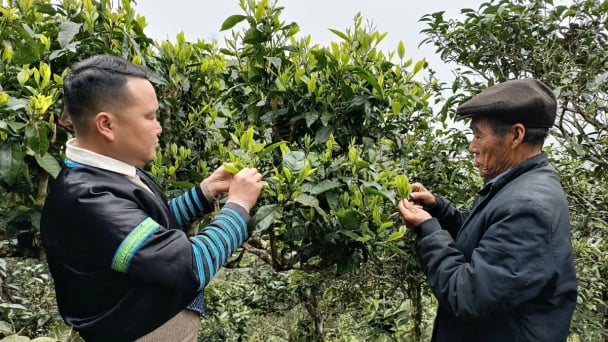
(VAN) Shan Tuyet tea is considered a 'heavenly treasure'. The H'mong people allow the tea to grow naturally, adhering to organic production principles, with the aim of exporting the product.
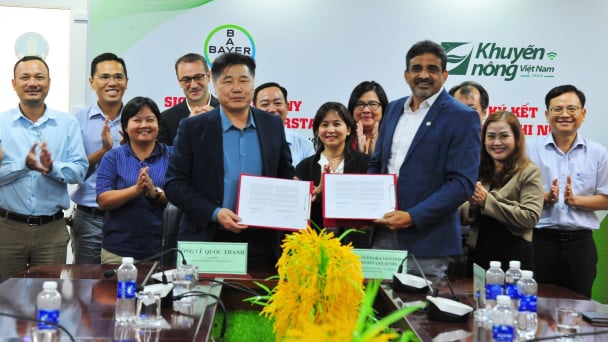
(VAN) Bayer Vietnam and the National Agricultural Extension Center have signed a partnership agreement to expand the development of effective and safe farming models for rice, durian, and coffee.
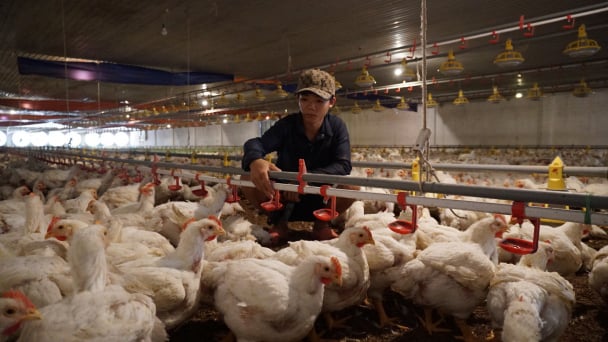
(VAN) Tay Ninh province possesses all the favorable conditions, from natural advantages to geographic location and social harmony, to drive economic development, particularly in attracting investment and advancing modern livestock farming.
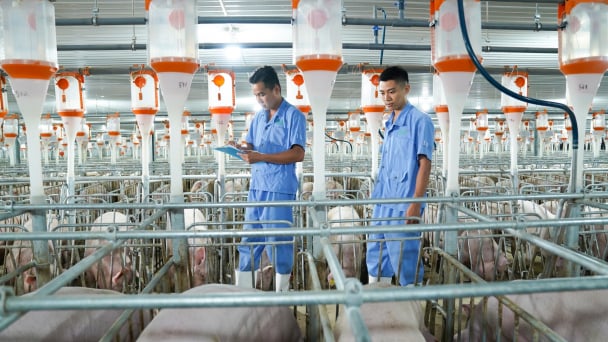
(VAN) Notably, every link in BAF's entire closed livestock value chain Feed - Farm - Food has received international certification.